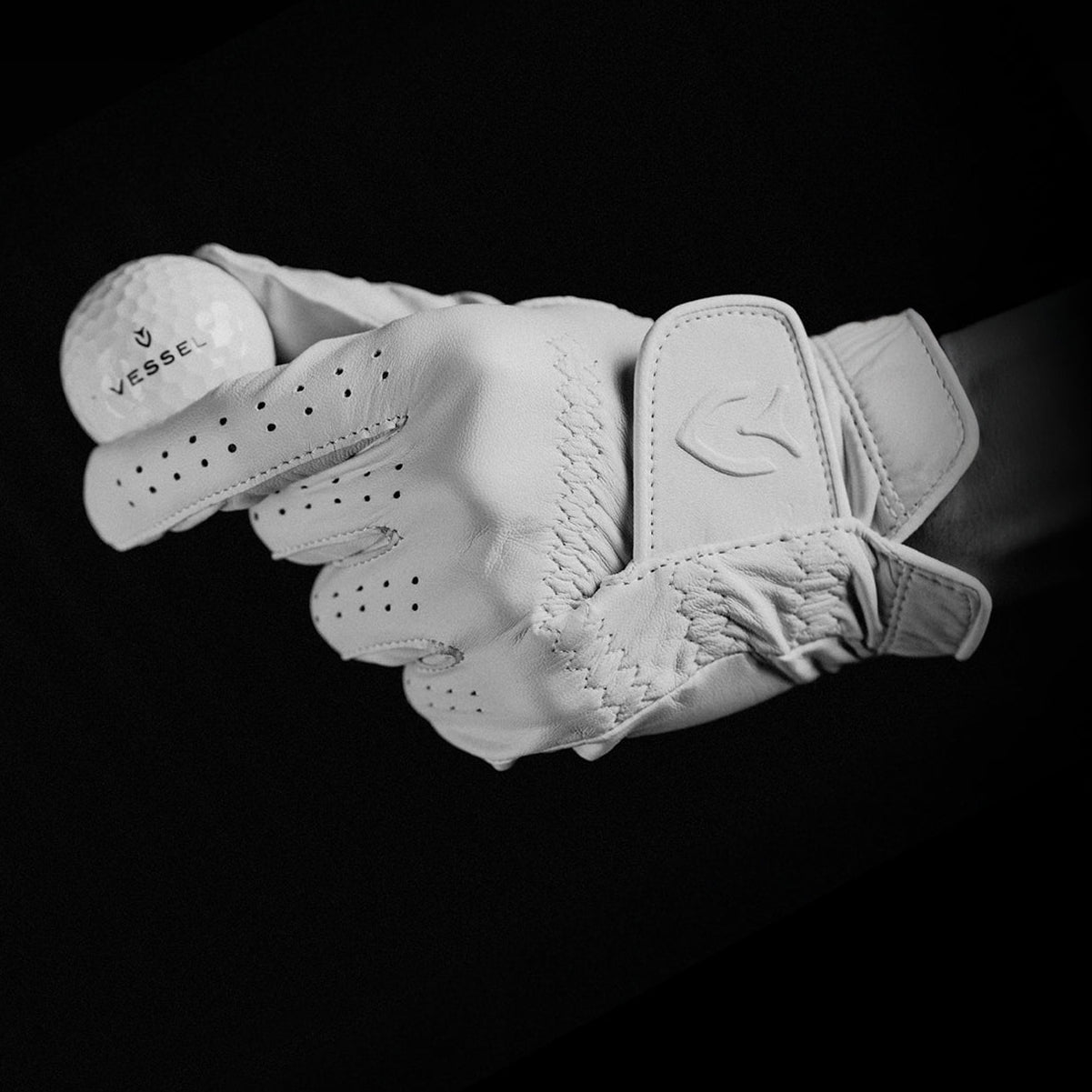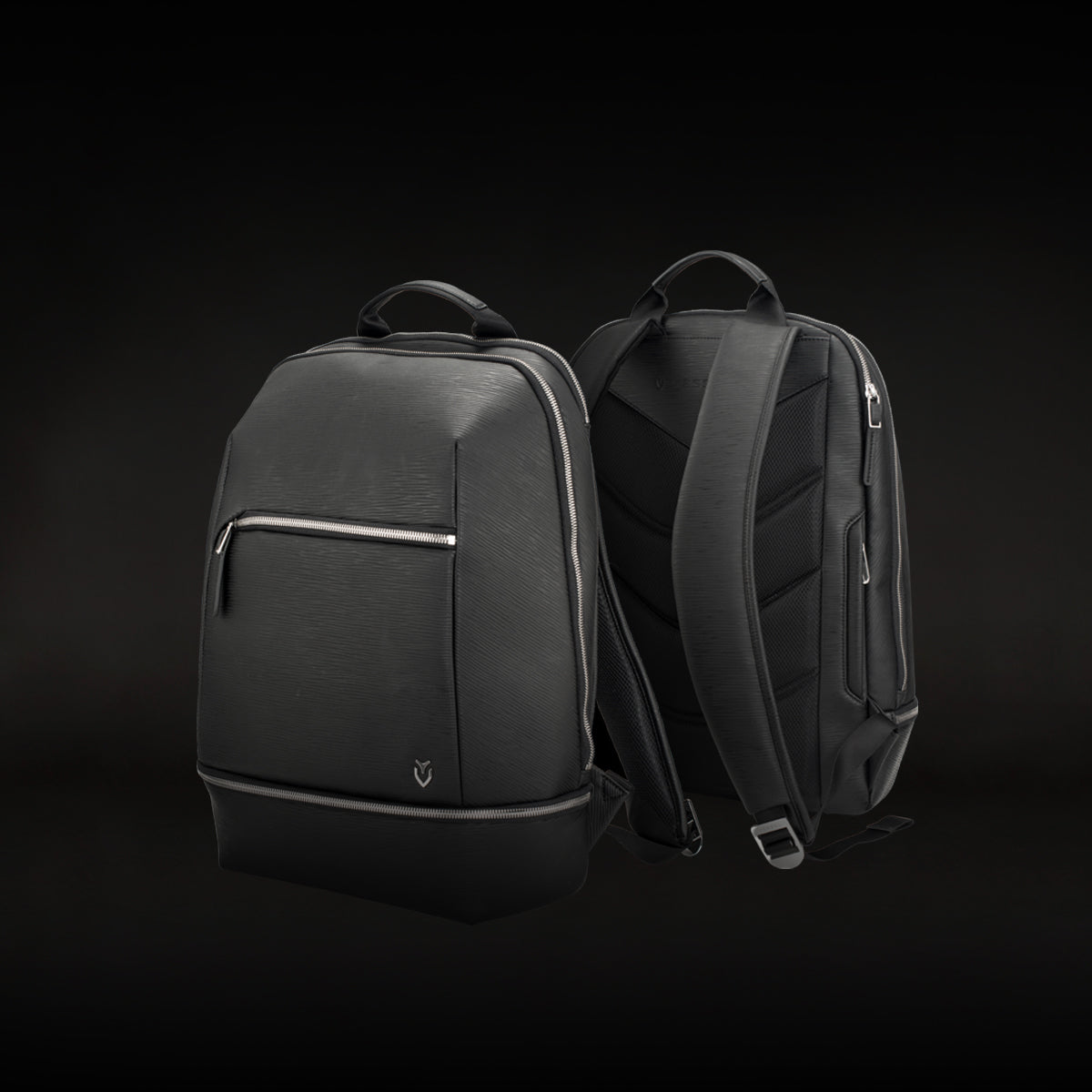

A mulligan is golf's unofficial do-over. You hit a bad shot, tee up another ball, and pretend the first one never happened. No penalty stroke added to your score. Named after David Mulligan from the 1920s, it's that friendly rule casual golfers use when someone shanks their drive into the woods. Most groups allow one mulligan per nine holes, but they're not allowed in official play or handicap rounds. Here's everything you need to know about when and how to use them.
What a Mulligan Actually Is
A mulligan is a second chance at a shot without adding a stroke to your score. You replay from the same spot, and the bad shot doesn't count. It's completely informal and not recognized by the official Rules of Golf.
Here's how it works. You slice your tee shot into the woods. Instead of playing it where it landed or taking a penalty, you just tee up another ball and try again. That's your mulligan.
The term comes from David B. Mulligan, who invented the concept while playing at the Country Club of Montreal in the 1920s. Some people think it might have come from a New York bartender with the same name, but the Canadian golfer story is more widely accepted.
Most groups use mulligans to keep casual rounds fun and relaxed, especially when someone's having a rough day. Just remember, you need your playing partners' agreement before the round starts.
Where the Term Came From
The most popular story credits David Bernard Mulligan, a Canadian golfer who played at the Country Club of Montreal. His "correction shot" became widely known at Winged Foot Golf Club in the 1920s. But there are multiple versions of the story. Some say he took an extra shot after rushing to the course, others claim he was nervous crossing a bridge.
There's also John "Buddy" Mulligan, a locker room attendant who supposedly got friendly do-overs from golfers. But his story lacks solid documentation.
The earliest known reference to the term appeared in the Detroit Free Press in 1931. That gives us a clearer timeline for when it entered popular usage. Interestingly, the term might have started in baseball before jumping to golf, though nobody's proven that connection.
When You Can Use a Mulligan

You'll mostly take mulligans on the first tee shot, especially if you completely whiff it or hit a terrible slice. Most groups allow one mulligan per nine holes, though some let you keep hitting until you get a decent drive off the first tee.
You can also use them when something distracts you mid-swing. A car horn, someone yelling "fore" from another fairway, or any other interruption. If your ball sails out of bounds or disappears into the woods, that's another common mulligan moment.
Some casual groups even allow mulligans on approach shots or putts, but that's less common. The key is that everyone needs to agree on the rules before the round starts.
Mulligans help speed up casual rounds and reduce frustration. But they're strictly forbidden in formal golf competitions and any round you're playing for your handicap.
Different Types of Mulligans
Golfers have developed different mulligan types to match their playing style. The classic "breakfast ball" lets you replay your first tee shot when you're still warming up. Some groups restrict mulligans to tee shots only, since those drives can make or break your hole.
Then you've got "must mulligans" versus "provisional mulligans." With a must mulligan, you're stuck with the replay shot, no matter what. But provisional mulligans let you choose between your original shot and the do-over, picking whichever lands better.
Many groups limit you to nine mulligans per round, splitting them between front and back nine. Just remember, banking unused mulligans for later is considered poor sportsmanship.
Now, Mulligans can save your round from disaster, but you've got to use them the right way. Nobody wants to be that golfer who takes a do-over on every bad shot.
Before you tee off, make sure everyone agrees on the rules. Most groups stick to one or two mulligans per round, usually just for tee shots.
Announce your mulligan immediately. Don't stand there debating while everyone waits. If you're playing for handicaps or in any tournament, forget about mulligans. They're strictly for casual rounds.
Save your mulligans for truly terrible shots, like when you slice one into the woods on the first tee. And remember, once you take that mulligan, your original ball is dead. No going back.
Frequently Asked Questions
Can I Take a Mulligan on a Putt?
Yes, you can take a mulligan on a putt during casual play, but most golfers don't. Even though your group might allow mulligans anywhere on the course, players usually save them for tee shots. Taking a mulligan on a putt can slow down the game, and your playing partners might get annoyed. Make sure everyone agrees on the rules before you start.
Do Mulligans Count Toward My Handicap?
No, mulligans don't count toward your official handicap. The World Handicap System doesn't recognize mulligans at all. If you take a mulligan on a hole, you need to record net par for that hole instead. That means par plus any handicap strokes you'd get. Your handicap needs scores from rounds played under official rules, so any round with mulligans can't be posted.
What If My Mulligan Goes Out of Bounds?
If your mulligan shot goes out of bounds, you've burned your do-over and need to play by regular rules. You'll take a stroke-and-distance penalty, meaning you'll hit your fourth shot from the tee. Original shot, mulligan, plus penalty. Most casual groups won't let you take another mulligan on the same shot. That's pushing it.
Can I Decline a Mulligan?
Yes, you can absolutely decline a mulligan when your playing partner offers one. There's no rule saying you have to accept it. Maybe you want to play the ball as it lies, or you're working on accepting your mistakes. That's fine. Your playing partners should respect your decision. Some golfers see declining as showing respect for the game's integrity, while others just prefer the challenge.
Conclusion
Mulligans are golf's unofficial do-over button. They keep casual rounds fun and frustration-free. You can't use them in tournaments or official play, but they're perfect for friendly games. Just keep it reasonable. One per nine holes works well. Always ask your playing partners first. Whether you call it a breakfast ball or a Sunday ball, mulligans help everyone enjoy the game more.







